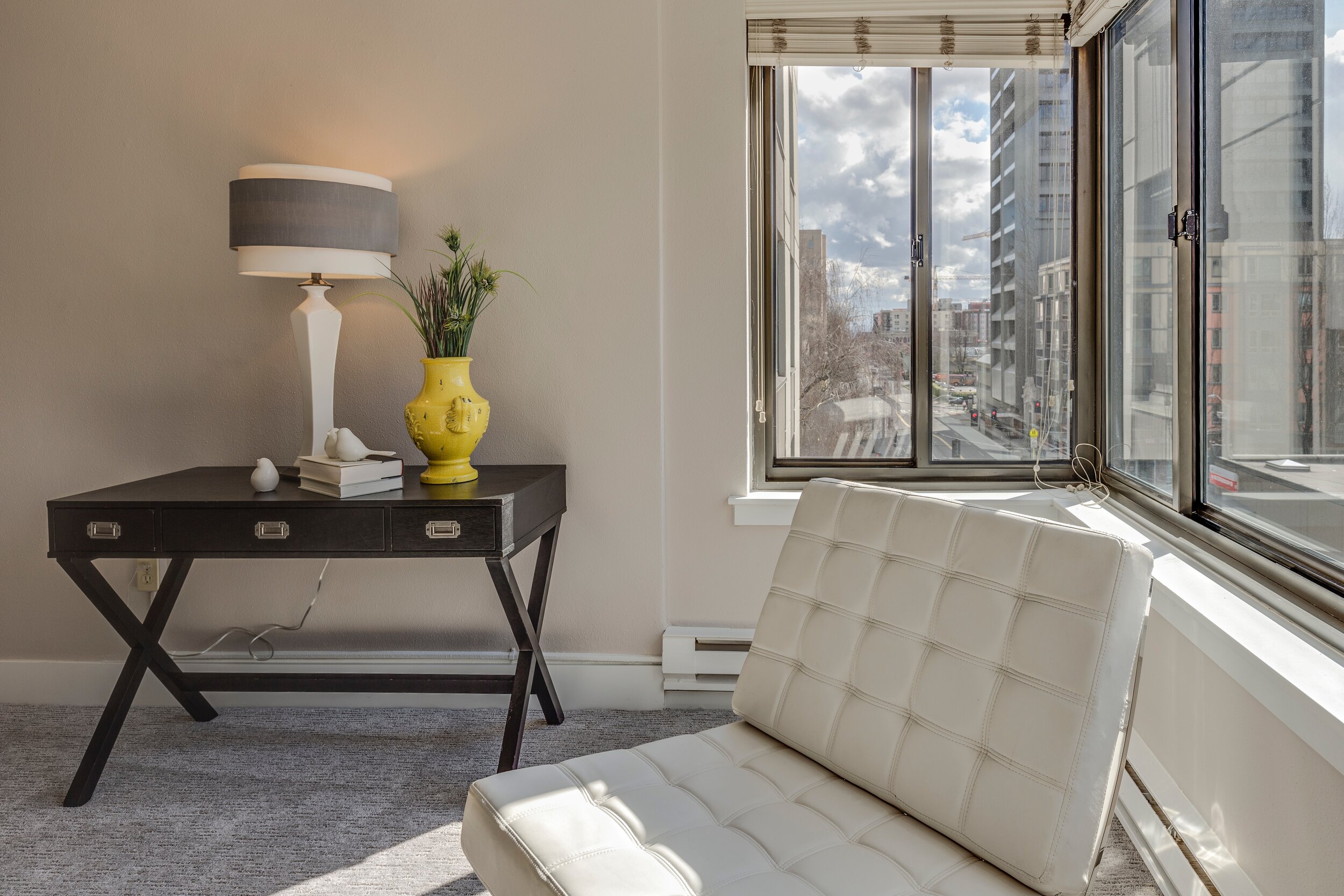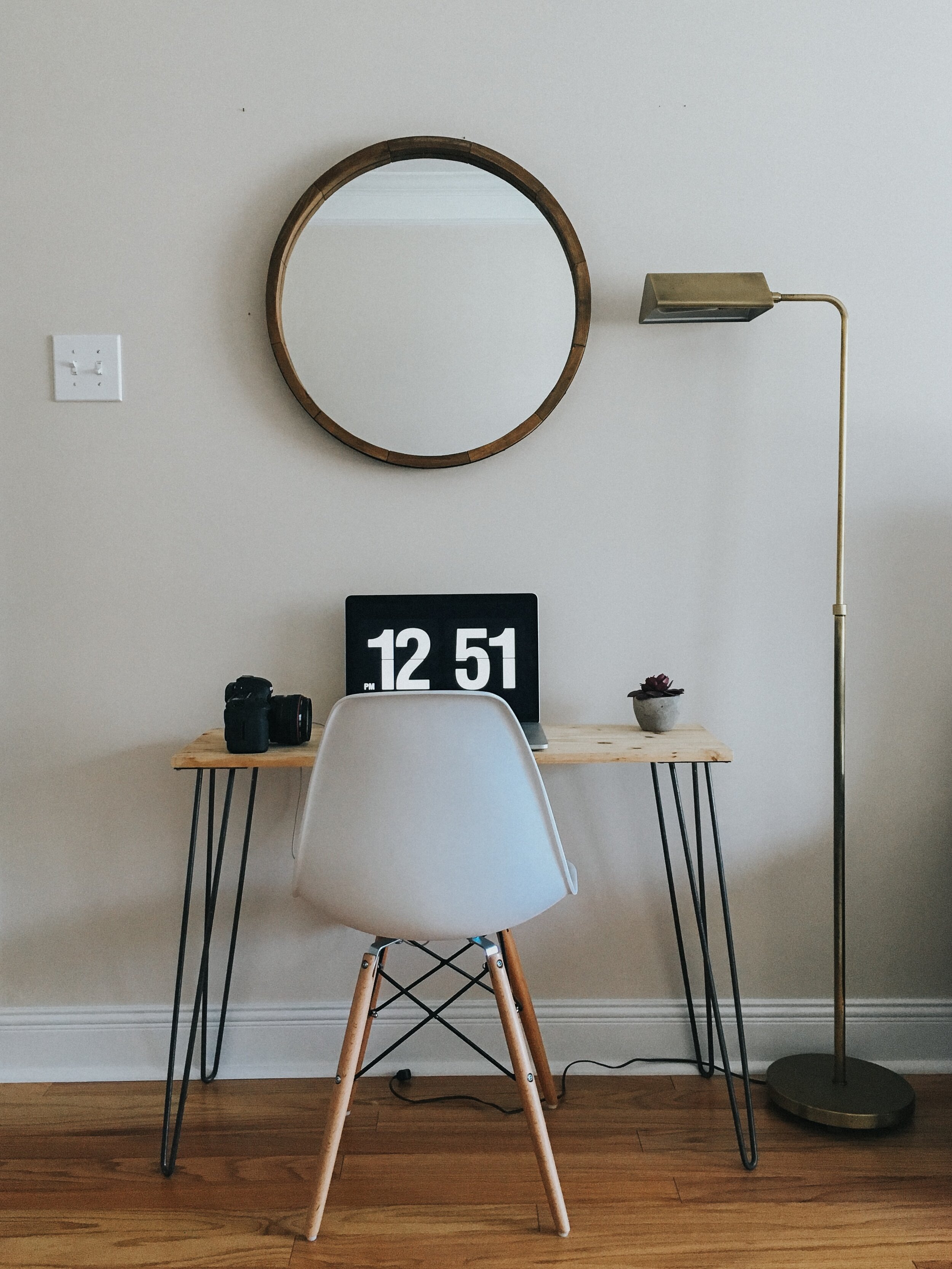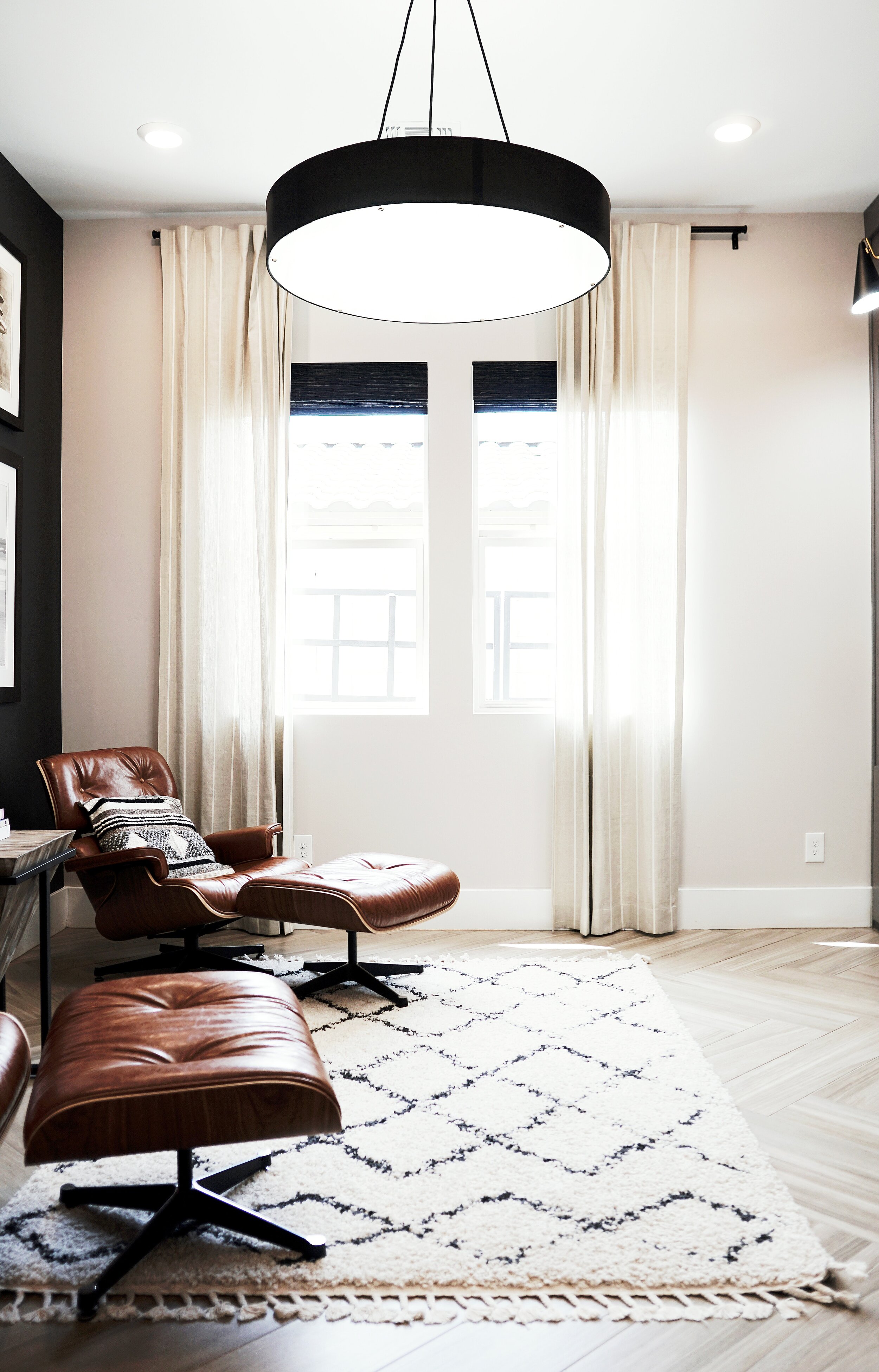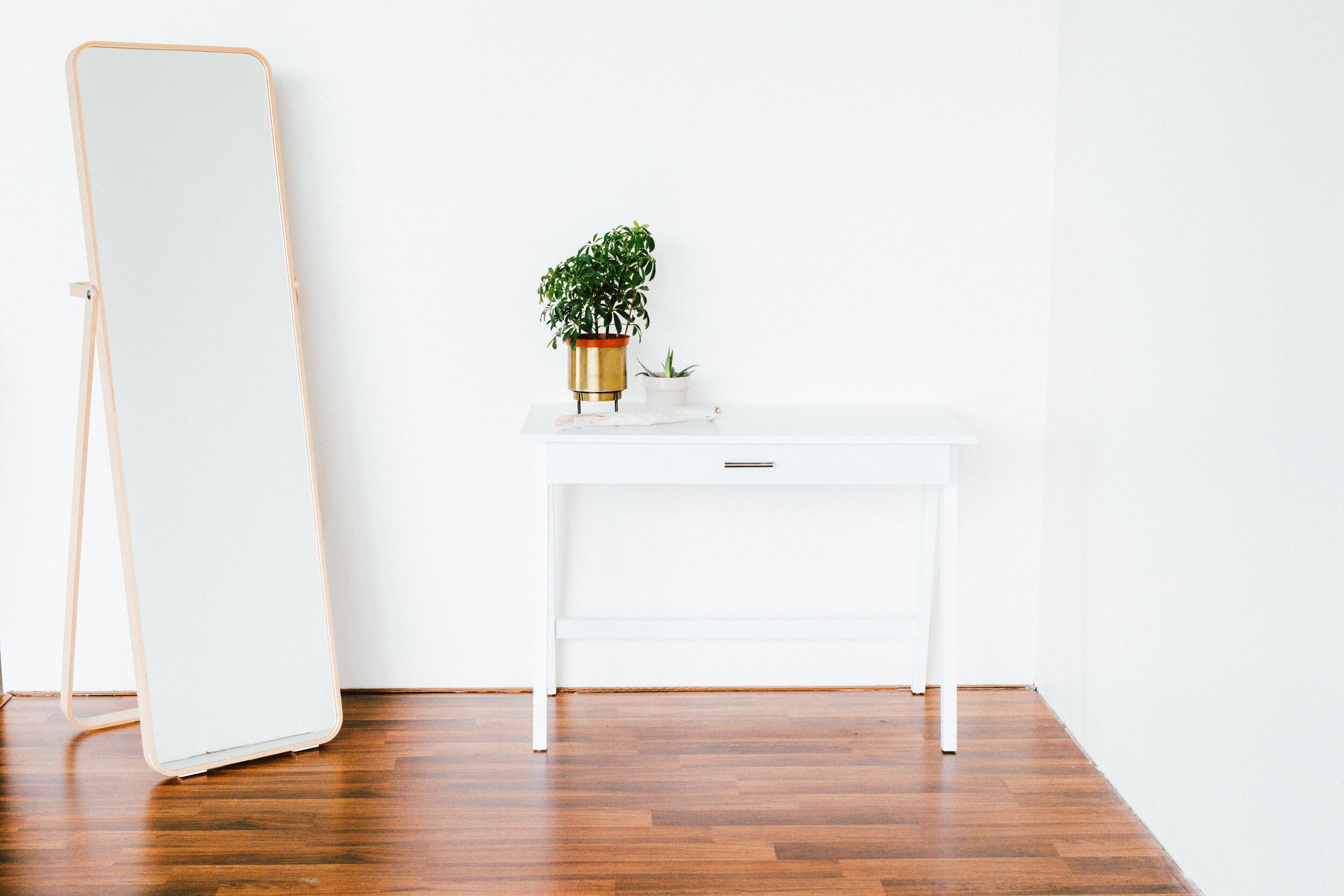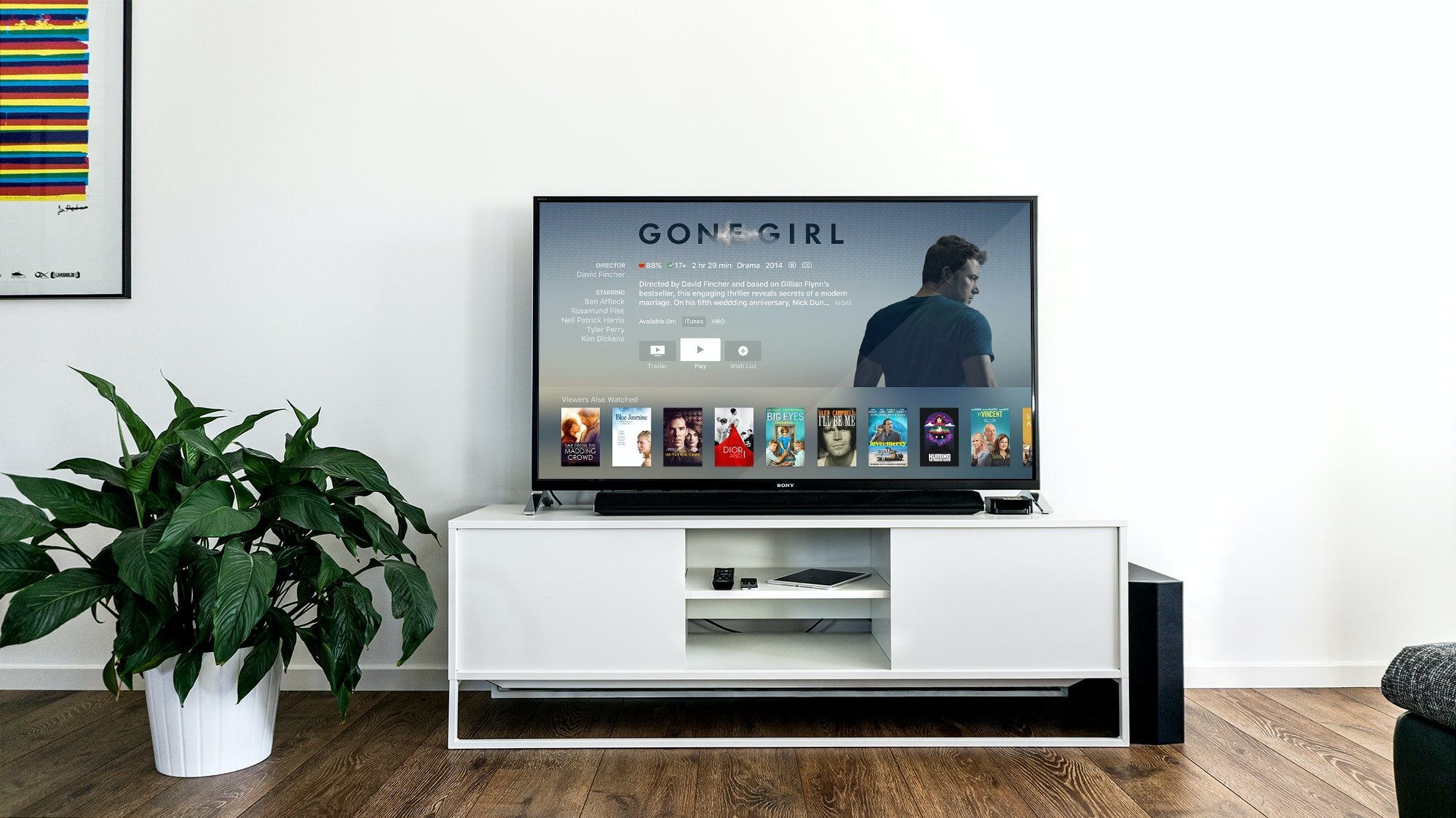Designing for Small Spaces
Written by Rebekah Bowen
Styling small spaces can be challenging. I always start by assessing the size of the space and then consider the most important pieces we will need. Use dual purposed furniture, stay neutral but don’t be afraid to have bold pops, remember that mirrors are your friend, play with scale, and most importantly don’t be afraid to get creative! Below are some of my tips for designing for small spaces.
1. Double Down on Function. When designing for small spaces storage is everything! Therefore, it’s important to show no shortage of dual purposed furniture. For example, a dresser that also can be a media console or a garden stool that can be used as a side table or a fold down desk that can serve as an art or workstation. For me personally, I live in a studio apartment and one way that I use storage as a dual purpose is a leather bench that holds all my scarves and hats that also works as a coffee table in my living room.
2. Keep it Cohesive. Make sure that everything you get fits in your small space. If not, this is when things start to become cluttered. Lighten up the space with neutrals since darker hues absorb light and strong patterns can be overwhelming. Don’t be afraid to go bold. You can still use the darker and bold hues as an accent pillow, throw, or maybe even one accent wall.
3. Focus on Lighting. Lighting can brighten up any space and make it feel bigger than it is. When you do not have a lot of natural light you want to do what you can to bring more in. You can start by using table lamps, sconces, a floor lamp, and even a striking ceiling fixture.
4. Mirrors are Your Friend. Don’t get me wrong I know a lot of people including myself that are not fond of mirrors. But mirrors really help to give the illusion of a bigger space by reflecting natural light. If you don’t want to have a large mirror break it up by using several small mirrors.
5. Choose the Right Rug. This is one item that most designers would not skimp on. A rug that is too small will make the room feel just as small. You want to find something that is large enough to fit most of your furniture, or you can make it grand by using one that is the size of the room wall-to-wall. Mix it up and use a variety of rugs throughout your space with colorful patterns or animal prints.
6. Play with Scale. There is no need to use exact scaled pieces or ones that are too small for the space. The key here is to use a couple of statement pieces that draw the eye in then use regular size furniture and large-scale art for the pop in the rest of the room.
7. Let Pieces Breathe. Make sure your furniture pieces have room to breathe. They do not need to be pressed up against the wall. This also means you should get rid of anything that you are not using daily to make more space. For example; accent chairs, side tables, and lamps.
I hope my few tips have helped you design the perfect small space!

